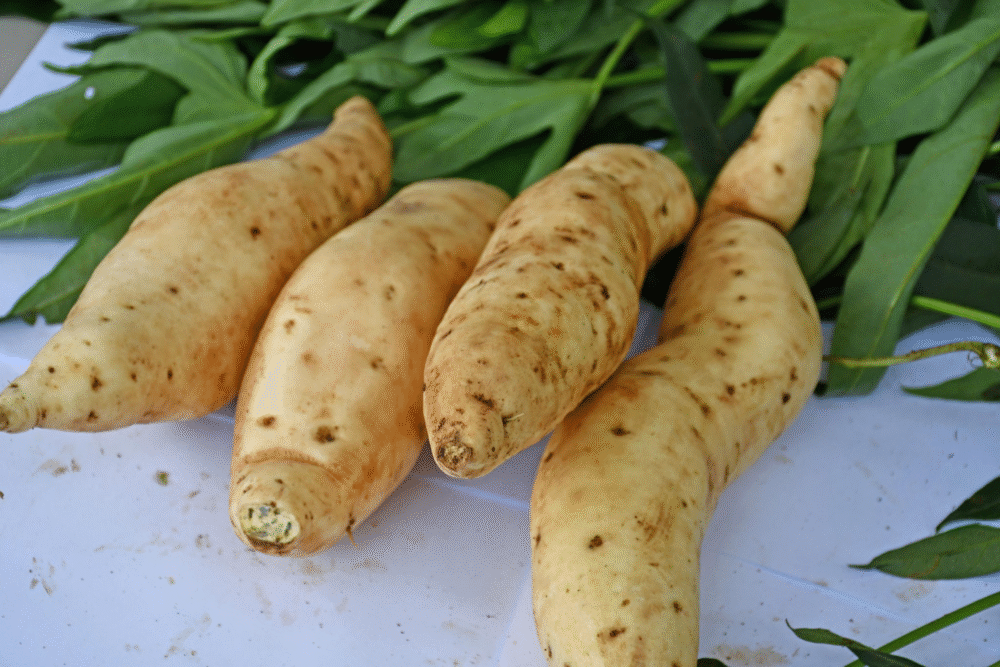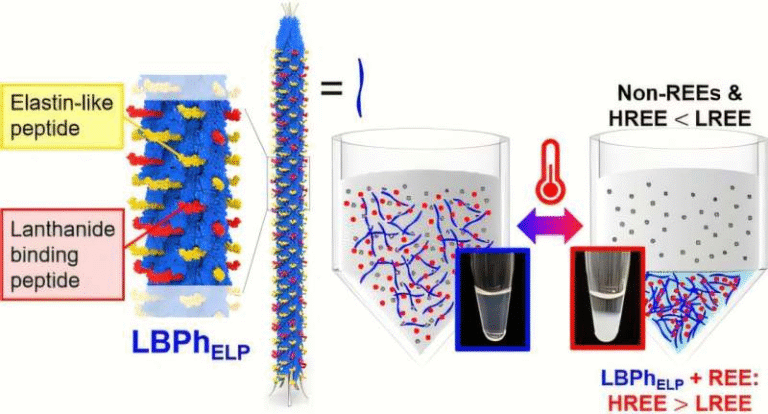Scientists Decode Sweet Potato DNA—and It’s Wilder Than Expected

The humble sweet potato, long cherished for its nutritional value and ability to grow under tough conditions, just got a serious upgrade in the world of science. Researchers have finally decoded its incredibly complex DNA, uncovering a surprising ancestral backstory—and it’s kind of a game-changer for future food security.
Let’s dig into what makes this discovery so exciting, and why it matters far beyond your dinner plate.
Why Sweet Potatoes Are More Than Just Delicious
Sweet potatoes aren’t just comfort food. For millions around the world, especially in sub-Saharan Africa, they’re a vital source of nutrition. What makes them so valuable is their resilience—they can thrive in poor soil, resist drought, and handle disease better than many other crops.
But for years, scientists have struggled to fully understand what makes the sweet potato so tough. That’s because its genome is a real beast. Most living things (including us) have two sets of chromosomes. Sweet potatoes? They have six—a condition called hexaploidy. Imagine trying to sort six jumbled-up copies of a massive encyclopedia. Yeah, not easy.

The Big Breakthrough
A team led by Professor Zhangjun Fei from the Boyce Thompson Institute has cracked the code. Using cutting-edge sequencing techniques, they managed to build a complete genetic map of a widely grown African variety called ‘Tanzania’. This isn’t just any sweet potato—it’s known for its disease resistance and high dry matter content, making it a staple for farmers and communities alike.
What sets this achievement apart is that the researchers didn’t just decode the genome—they fully phased it. That means they managed to untangle all six sets of chromosomes, organizing them into their original groups. Think of it like reconstructing a massive family tree with branches stretching across continents—and finding out you had a few surprise ancestors along the way.
A Genetic Patchwork with a Twist
As it turns out, the sweet potato’s DNA is a mosaic of different wild ancestors. Roughly a third of it comes from a wild species called Ipomoea aequatoriensis, native to Ecuador. Another chunk appears to resemble Ipomoea batatas 4x, a species from Central America. But here’s the twist: some of its genetic roots remain mysteries, possibly coming from species we haven’t even discovered yet.
Unlike other crops like wheat—where different ancestral pieces fit neatly into specific sections—the sweet potato’s ancestry is woven together on the same chromosomes, making it truly unique.
Nature’s Resilience Blueprint
This tangled genome isn’t just a quirk of evolution—it’s a superpower. Sweet potatoes are what’s known as segmental allopolyploids. Basically, they’ve merged the genes of multiple species but now function as if they came from one. This gives the plant an impressive genetic buffer, meaning it can carry multiple versions of important genes.
What does that mean in real life? More backups for traits like drought tolerance, disease resistance, and nutritional value. It’s one reason why sweet potatoes bounce back from tough conditions when other crops fail.
The Road Ahead: A Toolkit for Better Crops
Now that scientists have this genetic map, they can pinpoint the genes responsible for desirable traits—like how to make sweet potatoes even more nutritious, higher yielding, or climate-resilient. This is especially important as climate change brings more uncertainty to global farming.
But here’s the catch: this study focused on one variety. To truly harness the sweet potato’s full potential, scientists will need to sequence more varieties from different parts of the world. Each one could hold unique secrets lost in others.
Why This Matters (Beyond Sweet Potatoes)
Cracking the sweet potato genome is a win for the whole field of plant genomics. Other important crops—like wheat, cotton, and banana—also have complex, multi-copy genomes. This research shows it’s possible to tackle these puzzles and come out with powerful tools for breeding better crops.
In a world facing increasing pressure on food systems, every genetic clue counts.
So the next time you slice into a roasted sweet potato, know there’s a wild and wonderful genetic story beneath that orange skin—one that might just help feed the world.





